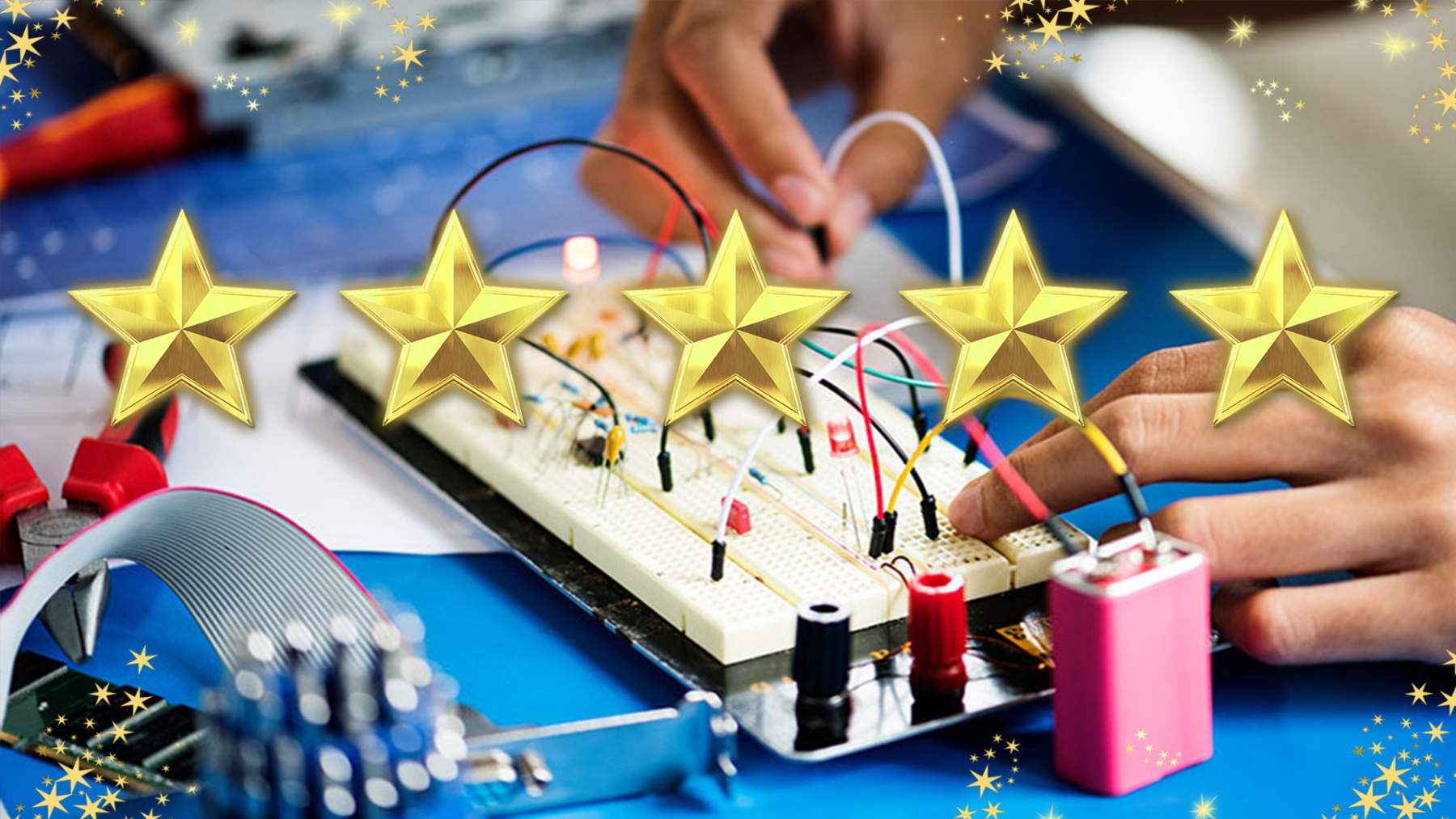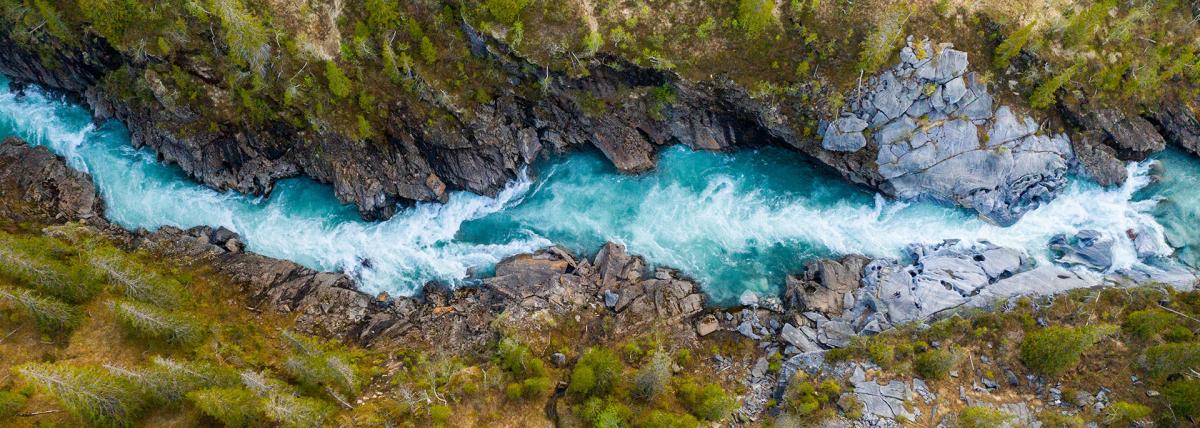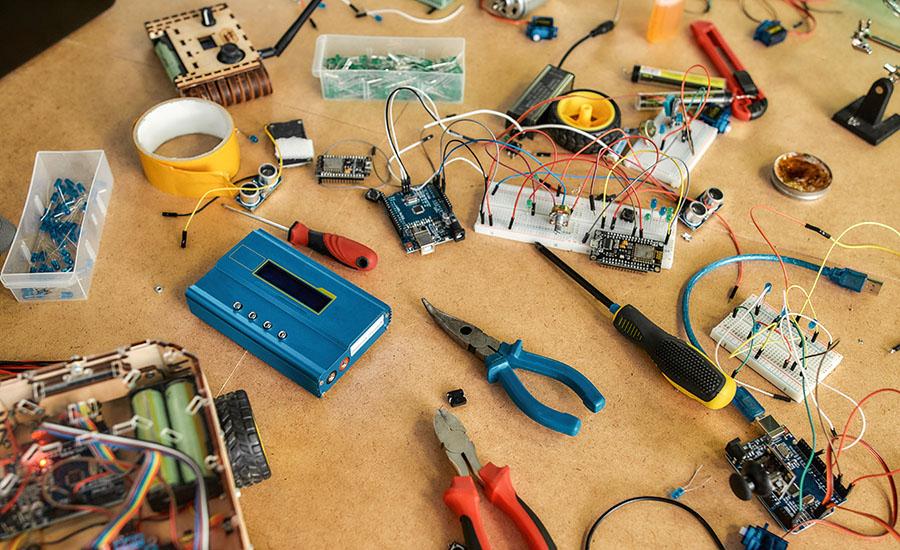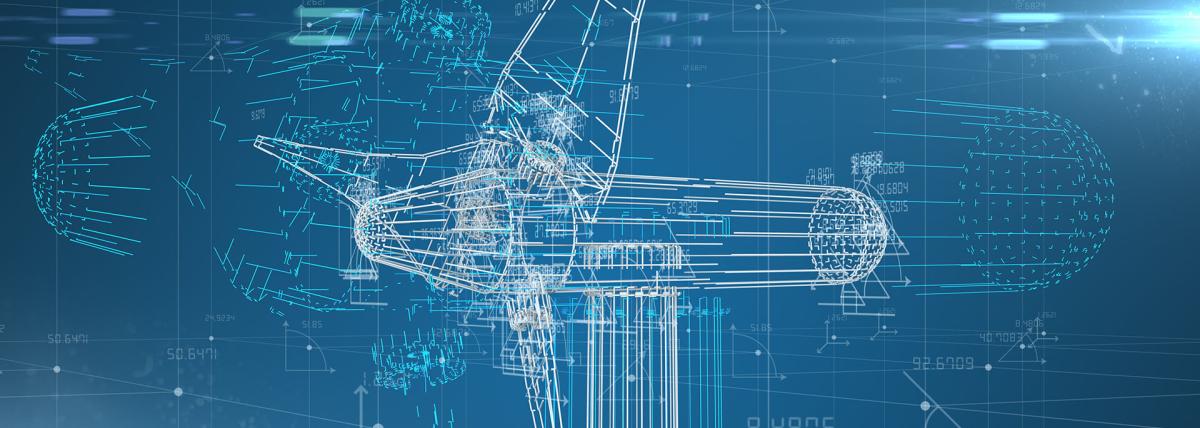
A Shocking Dystopia: STEM Adventures in The City of Ember Part 4 of 4: Where the River Goes
This lesson is PART 4 of a four-lesson unit, which focuses on futures thinking, the phenomenon of electricity, closed-system agriculture, and water as a renewable energy resource. “The City of Ember” is a dystopian novel by Jeanne DuPrau that explores themes of self-sufficiency, resourcefulness, and the consequences of relying on unsustainable systems. The story is set in a city where the infrastructure is failing, leading to a potential blackout and loss of essential resources. In Lesson 4, Where the River Goes, students will design, build, and test a waterwheel prototype. The scientific phenomenon shown by a waterwheel is the conversion of kinetic energy into mechanical energy. When water flows and strikes the blades of a waterwheel, it transfers its kinetic energy to the wheel. As a result, the wheel begins to rotate, converting the energy of the moving water into mechanical energy.
Lesson Grade Level
4th GradeLesson Plan Link/URL
https://docs.google.com/presentation/d/1RJr04hjaMgfnMTchRI4clhkBUSLR7DsIizAH-w6…Subject Area
Science Physical Science P4: Energy Transfer Technology 1. Empowered Learner 4. Innovative Designer 7. Global Collaborator Engineering S1: Engineering & Global Society S2: Apply the Engineering Design Process S3: Apply Mathematics to Engineering S4: Apply Science to Engineering S5: Apply Technology to Engineering Mathematics Counting and Cardinality (CC) Number and Operations in Base Ten (NBT) Measurement and Data (MD) English Language Arts (ELA) Reading (Literature) Writing Speaking & ListeningRelated Content

In this set of lesson plans for "A Song for a Whale" by Lynne Kelly, students will investigate compasses and whale migration. The final project for the novel is a choice board of activities that

Students utilize the Engineering Design Process to create a sailboat! Students must design and build a sailboat that will get them from one end of the channel where they are stranded to the other. It

This is a continuation of lessons 1, 2 and 3. Students will test their cars for distance and speed. Students will add weight to the car and test for distance and speed again to determine if their car